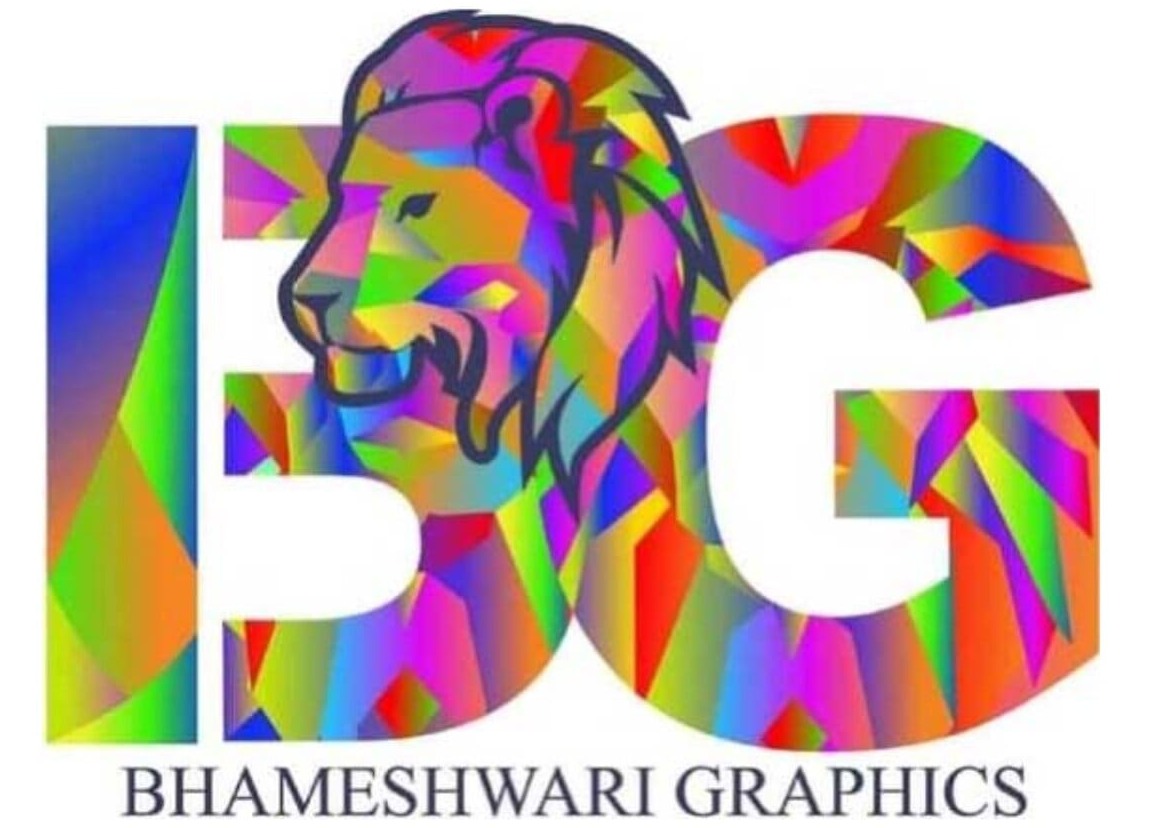For a business, there are tens, probably hundreds of T-shirt printing benefits. First, it makes the staff members of your business easily recognizable. Your customers don’t look lost when they come to your brick and mortar store.
Secondly, printed t-shirts can enhance safety. If you make your teams wear these t-shirts to work or to special occasions such as trade fairs, you can prevent strangers from getting into your space.
Thirdly, t-shirts are the most underrated yet the most effective marketing tools. Imagine having someone wear your brand all the time! It is simple, and straightforward.
If you are asking: what is t-shirt printing, well, it is just that – the process of printing an illustration, logo, slogan, image, name, or any other detail on the t-shirt, using screenprinting, DTG printing or heat transfer techniques. We are going to discuss these and other methods in detail later.
Different Types of T-Shirt Printing Methods
With so many techniques of printing t-shirts, it can be daunting to choose the best one. To help you, here is a brief overview of each of the methods:
Screenprinting
The main benefit of using screenprinting on t-shirts is that the ink applied is thicker than you would find on other types of printing. If you are printing dark t-shirts, this is the best method because it gives a higher vibrancy to the colors.
Another benefit is that screenprinting on t-shirts lasts a long time. It is practically going to last the entire lifetime of your t-shirts. It will go through hundreds of washes and the colors will stay intact, whether it is washed by hand or washing machine.
For screenprinting, you place the garment under the screen and then apply the paint.
DTG Printing
DTG means direct-to-garment printing. It means printing your message or image on the t-shirt directly. Actually, this is like putting a shirt through an inkjet printer, the same as we use on paper. In this case, though, it would be a big inkjet printer for garments.
If you choose a high quality digital garment-printing provider, it is possible to have prints that withstand washes very well. You can get more variations from DTG printing that you would not get from
screenprinting.
With this type of t-shirt printing, you can pass up to 16 million colors with a single pass. It is a faster process because when you use screen printing, you need to use a different screen for each color.
Heat Transfer Printing Techniques
There are many benefits of using heat transfer machines for your t-shirt works. There are different heat transfer printing methods, but they all work on the same basis of using heat to transfer an image from a wax sheet to your t-shirts.
Heat transfer printing on T-shirts is ideal for tees that will face exposure to the elements. It is durable and the colors do not fade away with many washes.
There is also direct thermal printing which is a type of heat transfer printing. Here, the image is printed directly on the garment using a thermal printer. There is no need for wax sheets or ink. It is cheap, but it is not durable. Heat transfer is best for t-shirt printing.
Sublimation Printing for T-shirts
When you use this method to print your t-shirts, you will need a sublimation paper. On the paper, you will print the images that you want to get on your t-shirt. You will then use a heat transfer method to transfer the image on the sublimation paper to your tees.
The printer is going to heat the image on the special paper until the colors dissolve and they are absorbed by the t-shirt fibers. As a result, this intricate printing process produces long lasting results.
Heat Transfer Vinyl
When using this method, also referred to as HTV, you are going to use a special vinyl that has strong, heat-activated backing.
You will then cut the images or the designs that you want into the vinyl material using a digital cutting machine.
You then transfer the cut images onto the garment and then use the right amount of heat and pressure to transfer it. This is a high quality process, so the results last a long time.
Computer-aided Design (CAD) Cut Printing
When using this method, you will first have to print on a CAD –cut vinyl material and then heat-transfer them to the garment.
This method is best when you want to print large names, logos, illustrations and letters on tees. This is a complex process, so it is best suited to small printing jobs.
The numbers and names you see printed on the jerseys of players are done with the CAD cut printing technique.
The CAD part means that the design is created using computer software. You print it and then heat-transfer to the t-shirts.
Plastisol transfers – a combination of heat and pressure
Plastisol transfer is the middle ground between screen printing and direct to garment printing techniques.
This method is going to create long-lasting results and you are going to use a combination of heat and pressure.
You need to create a screen print on transfer paper and then you use a heat press to transfer the image from the paper to the t-shirt.
The transfer paper for plastisol transfer is different from that commonly used on other types of heat transfer.
Conclusion
Choosing the best t-shirt printing method is not hard once you know how the techniques work. If you want to handle light orders such as printing uniforms for soccer teams, plastisol transfer and CAD cut printing are the best.
Screen printing is easy to set up, but it is messy as you have to handle inks and everything. DTG printing is the best for mass printing and when using many colors.
The size of the job you want to do determines the type of printing method you should use. Check the price of the equipment required because some can be quite costly.
